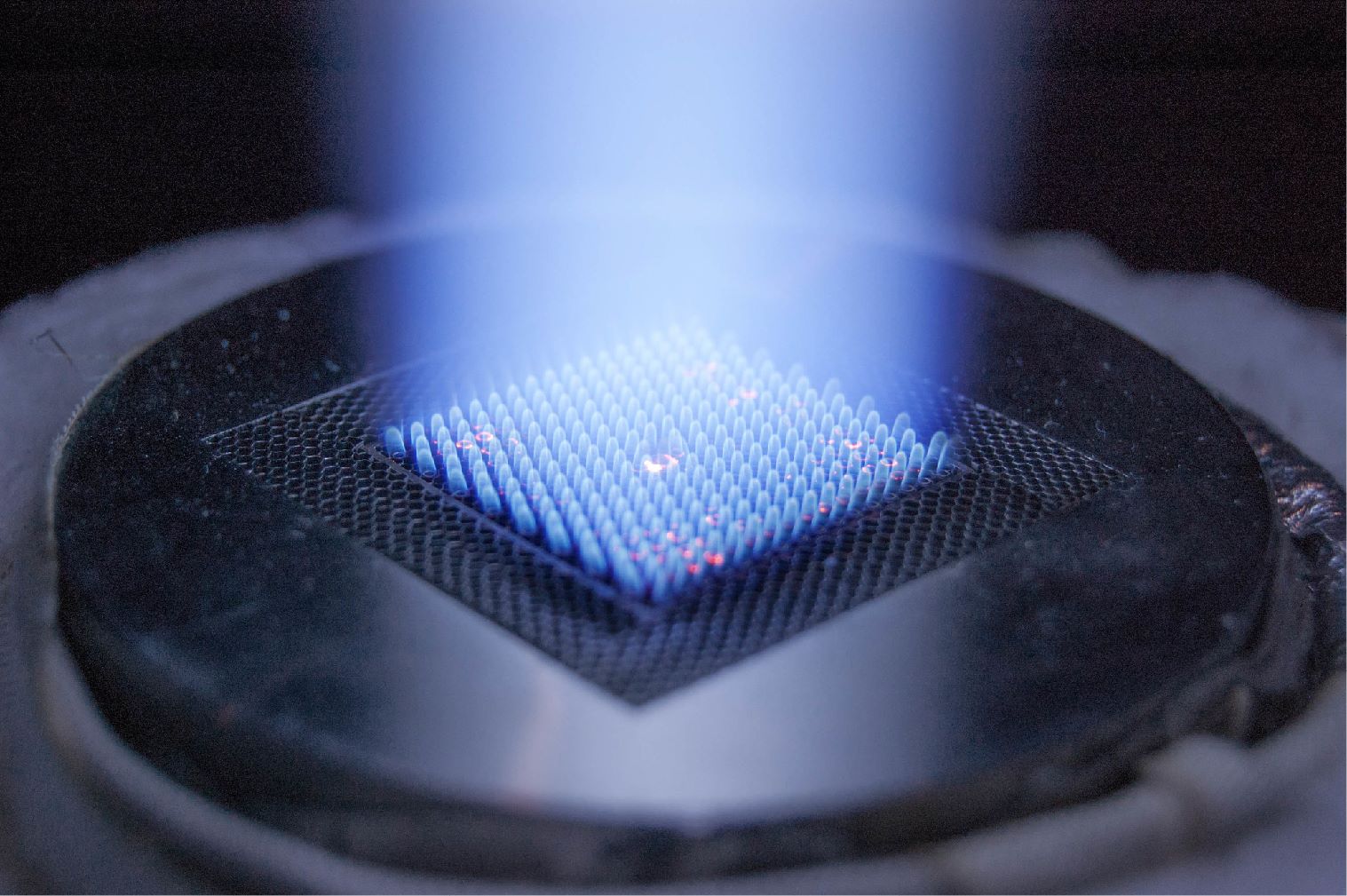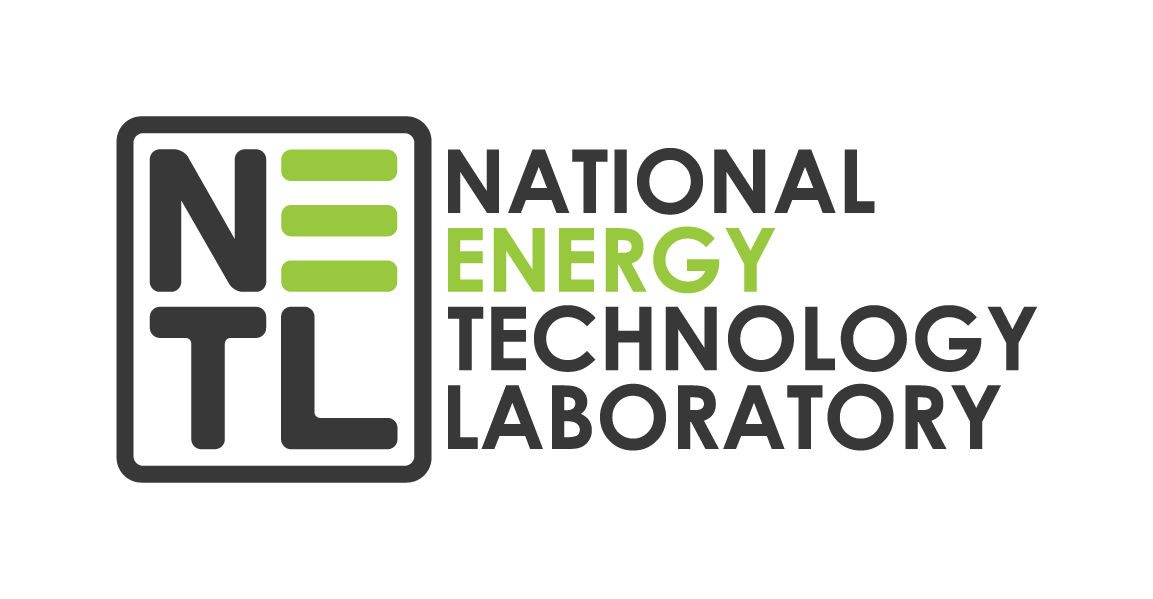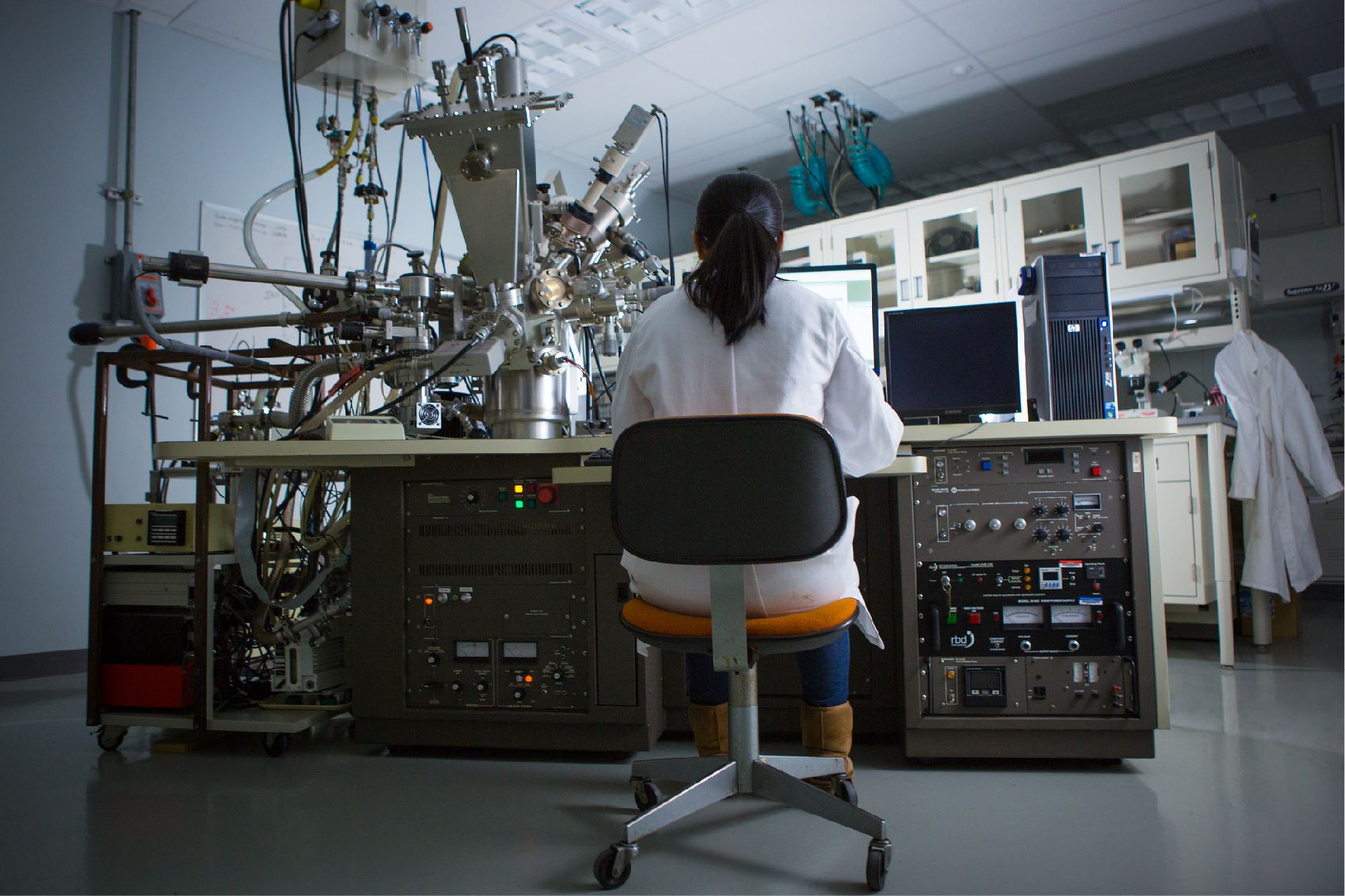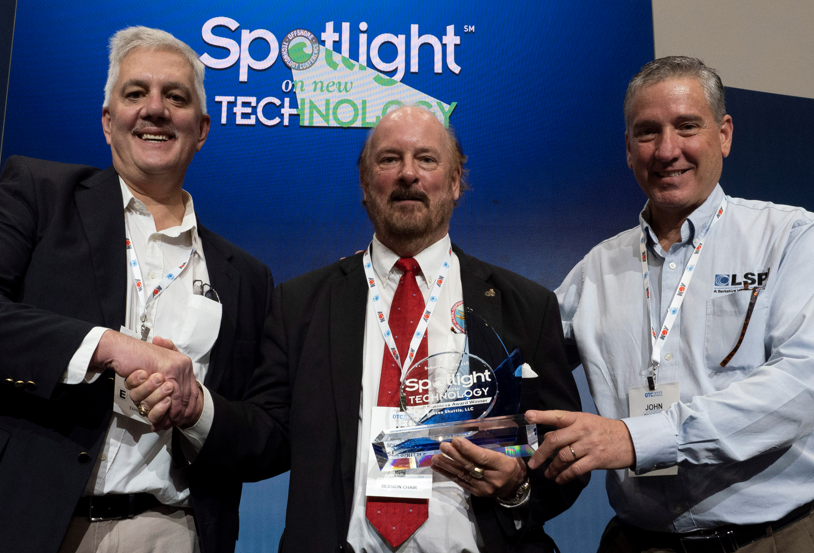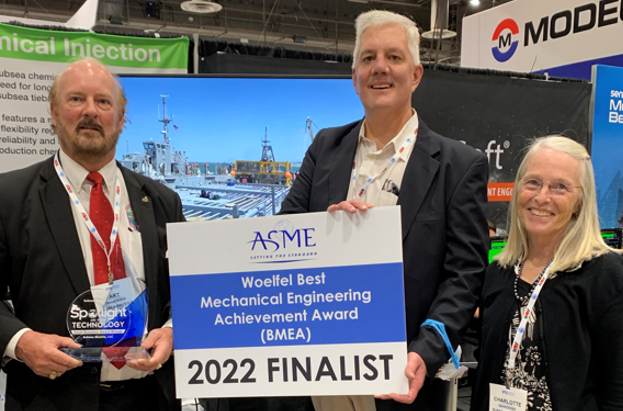Ultra-deepwater oil and gas production systems routinely cost multiple billions of dollars and require multiple appraisal wells at costs in the hundred-million-dollar range (each) to justify sanction, followed by years of delayed production while designing, constructing, and installing the required facilities. According to numerous industry forecasts, a growing number of oil and gas accumulations in deepwater will be developed via long tie backs of subsea wells to existing host facilities. One of the key challenges to the success of these subsea well tie backs is to safely and reliably supply the necessary chemicals to maintain wellbore integrity and flow assurance in the long-distance flowline.
Virtually all wells, particularly subsea wells require production chemicals to prevent and/or mitigate corrosion within the wellbore and flowline blockage from wax, paraffin, hydrate and other deposition. Onshore and offshore dry tree (platform-based production systems) well treatment is straight forward with direct (surface – platform) access to point of chemical need. For subsea wells, current technology is to deliver these chemicals via an umbilical; a complex, multi-component, wire, fiber and chemical conduit tubes bundled together and positioned across the seafloor from host platform to subsea well. The umbilical is purpose engineered for each application, has long delivery schedules and is expensive to build and install. Once installed they are prone to clogging if chemical usage is changed, as is often necessary over the life of a well. Even if the umbilical doesn’t clog or corrode over the life of the well, at abandonment they are expensive to remove and are not reusable. Even more problematic, for long offsets subsea wells, the umbilical cannot flow the required volumes of high viscosity chemicals across the significant offset distances and still have sufficient pressure to flow into high pressure subsea wells. By providing the required chemical injection local to need, subsea, the most expensive part of the umbilical, the chemical tubes can be removed, significantly reducing umbilical cost and allow much longer offsets to host platform facilities.
While individually subsea wells are usually exploiting smaller resource plays and may have less reserves when compared to the giant offshore platform developed fields, in aggregate and particularly in the Gulf of Mexico (GOM), they could represent significant reserve and production potential. They are much cheaper than dry tree wells (which require a platform) and can be developed much more quickly.
This project represents new and novel technology and to date no specific industry design or regulatory standards have been promulgated or adopted. However, there are several existing, relevant analogs for guidance as well as components, equipment, and technologies, that have been re-purposed and integrated into the subject SCSI to help insure safe, reliable, and environmentally compliant operation. Phase I Report, appendix 1 presents some of the standards and recommended practices that were applied to the design. From these and with guidance from regulators and potential customers, a set of Functional Design Specifications (FDS) were developed.
The general design consists of three (3) systems, a dual barrier subsea chemical storage system (Storage), a subsea process module (Process Module), and a host platform power regulator and control module (PRCM), taken together the system is commonly referred to as a Subsea Chemical Storage and Injection System (SCSI). The Storage system is innovative and patented. It features a flexible, engineered fabric bladder, resistant to chemical degradation and is totally enclosed within a hard, metallic pressure vessel, which is rated and qualified for surface storage and transportation. The Process Module sits on the same skid as the Storage unit and has two (2) connection points, one is electrical power and control which attaches to an existing field umbilical and the second, a fluid connection to the existing wellhead and/or flowline.
Ultra-deepwater oil and gas production systems routinely cost multiple billions of dollars and require multiple appraisal wells at costs in the hundred-million-dollar range (each) to justify sanction, followed by years of delayed production while designing, constructing, and installing the required facilities. According to numerous industry forecasts, a growing number of oil and gas accumulations in deepwater will be developed via long tie backs of subsea wells to existing host facilities. One of the key challenges to the success of these subsea well tie backs is to safely and reliably supply the necessary chemicals to maintain wellbore integrity and flow assurance in the long-distance flowline.
Virtually all wells, particularly subsea wells require production chemicals to prevent and/or mitigate corrosion within the wellbore and flowline blockage from wax, paraffin, hydrate and other deposition. Onshore and offshore dry tree (platform-based production systems) well treatment is straight forward with direct (surface – platform) access to point of chemical need. For subsea wells, current technology is to deliver these chemicals via an umbilical; a complex, multi-component, wire, fiber and chemical conduit tubes bundled together and positioned across the seafloor from host platform to subsea well. The umbilical is purpose engineered for each application, has long delivery schedules and is expensive to build and install. Once installed they are prone to clogging if chemical usage is changed, as is often necessary over the life of a well. Even if the umbilical doesn’t clog or corrode over the life of the well, at abandonment they are expensive to remove and are not reusable. Even more problematic, for long offsets subsea wells, the umbilical cannot flow the required volumes of high viscosity chemicals across the significant offset distances and still have sufficient pressure to flow into high pressure subsea wells. By providing the required chemical injection local to need, subsea, the most expensive part of the umbilical, the chemical tubes can be removed, significantly reducing umbilical cost and allow much longer offsets to host platform facilities.
While individually subsea wells are usually exploiting smaller resource plays and may have less reserves when compared to the giant offshore platform developed fields, in aggregate and particularly in the Gulf of Mexico (GOM), they could represent significant reserve and production potential. They are much cheaper than dry tree wells (which require a platform) and can be developed much more quickly.
